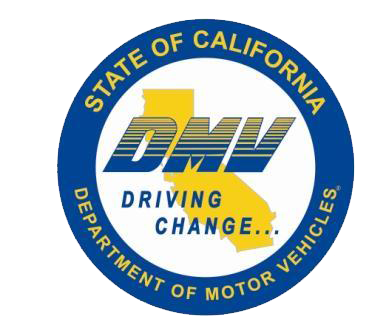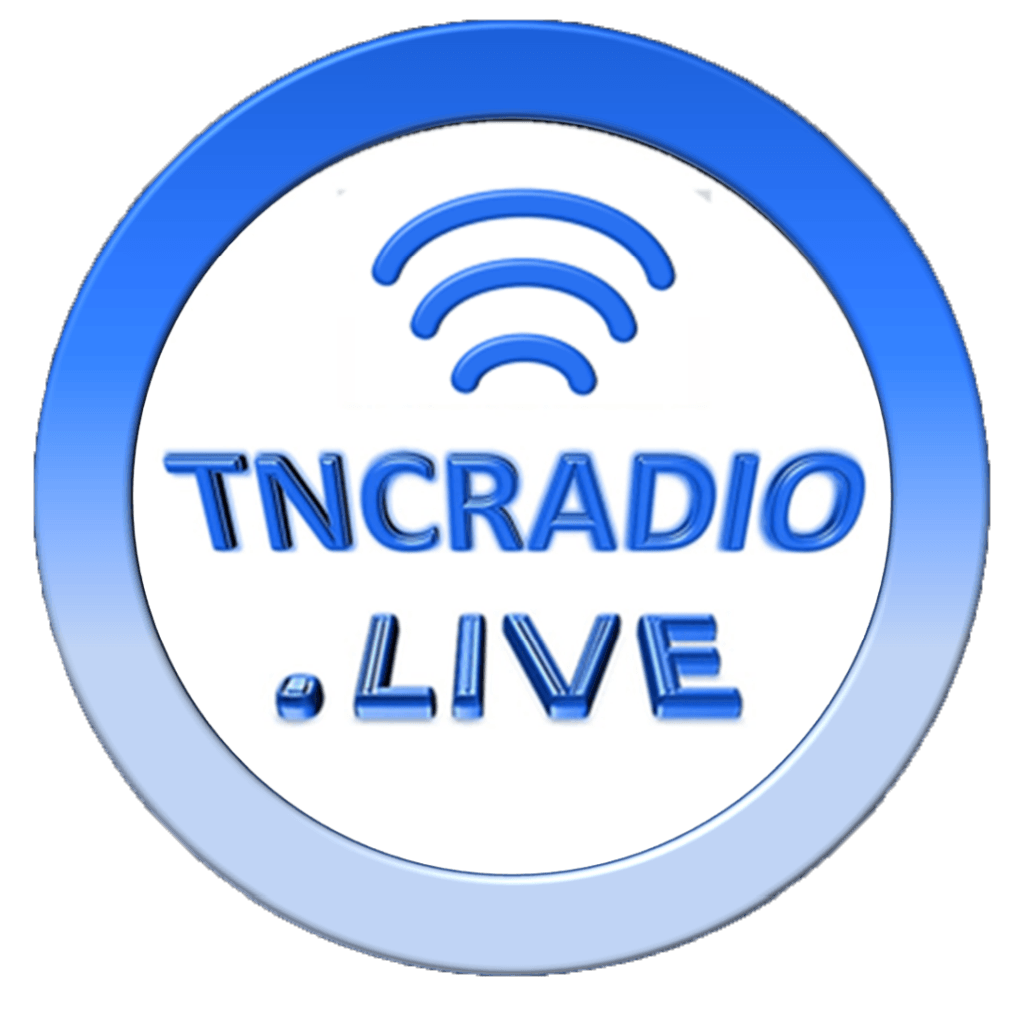The Current State of the U.S. Economy!
As of mid-2024, the U.S. economy is showing signs of both resilience and challenges. The economic growth rate is projected to slow down compared to 2023, with real GDP expected to grow at a rate of 0.7% for the year. This deceleration is partly due to the effects of previous monetary policies and the fading of post-pandemic economic boosts.
Inflation, which has been a significant concern, shows signs of moderating. The Federal Reserve's interest rate hikes have likely peaked, with the Federal Funds rate expected to hold steady at 5.25%-5.5% until mid-2024, followed by gradual rate cuts towards the end of the year.
Consumer spending, a major component of GDP, is experiencing a mixed outlook. While consumer confidence has improved somewhat, concerns about inflation and debt levels persist. Households have been using up savings accumulated during the pandemic and are taking on more debt, which has sustained spending but may not be sustainable long-term. There is also a notable shift in spending patterns, with more emphasis on essential items and services like travel and home improvements.
Labor markets remain strong, with low unemployment rates continuing to support household incomes and spending. However, there are emerging signs of stress, such as the resumption of student loan payments and increasing credit card delinquencies among certain demographics.
Geopolitical factors, such as ongoing conflicts in Europe and the Middle East, are adding uncertainty to the economic outlook. These tensions are affecting global trade and commodity prices, particularly oil, which in turn impacts inflation and economic stability.
Overall, while the U.S. economy is navigating through a period of slower growth and inflationary pressures, it remains supported by strong labor markets and resilient consumer spending. The outlook suggests cautious optimism, with potential headwinds from geopolitical and fiscal challenges.
More 75% of all personal income tax from American Taxpayers will go directly towards paying off the interest on our massive and ever-burgeoning national debt.
We are headed for a national financial catastrophe of epic proportions.
You ask how did we get to this point. First it was Frankin D Rosevelt who in April of 1033 banned all gold with executive Order 6102. The in August of 1971, Richard Nixon too the US off the gold standard and suspended the dollar’s convertibility into gold.
These two men, together broke the American dollar and put the American people into debt slavery, Even Elon Musk was quoted as saying this that America is headed for bankruptcy with the US Debt about to eclipse $35 trillion.
Remember, if you want to keep the current state of things the same, then keep the current administration in power otherwise change administrations.
Content Disclaimer: Due to the constantly changing nature of government regulations, it is impossible to guarantee the total and absolute accuracy of the material contained herein or presented. NorthAmerican Transportation Association (NTA) cannot and does not assume any responsibility for omissions, errors, misprinting or ambiguity contained. NTA shall not be held liable in any degree for any loss, damage or injury caused by any such omission, error, misprinting or ambiguity present. It is made available with the understanding that NTA is not engaged in rendering legal, accounting or other professional service. If legal advice or other expert service is required, the services of such a professional should be sought.











